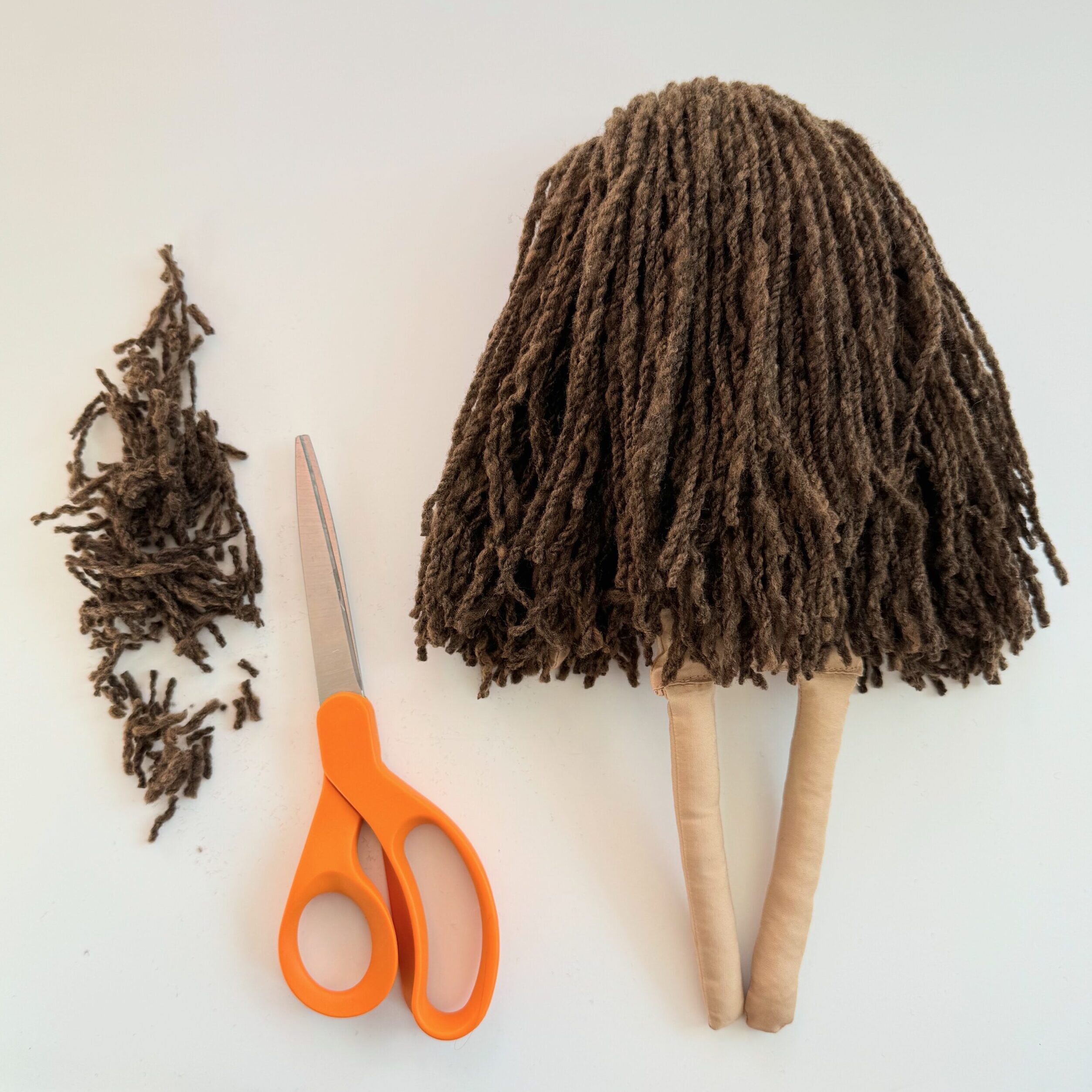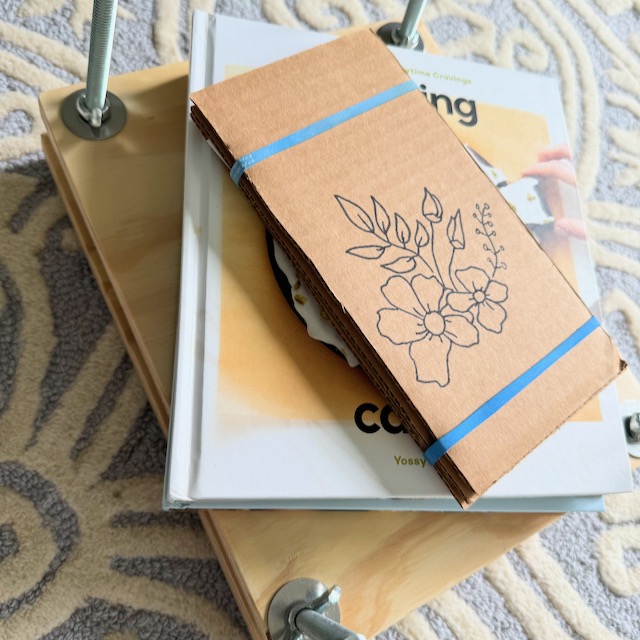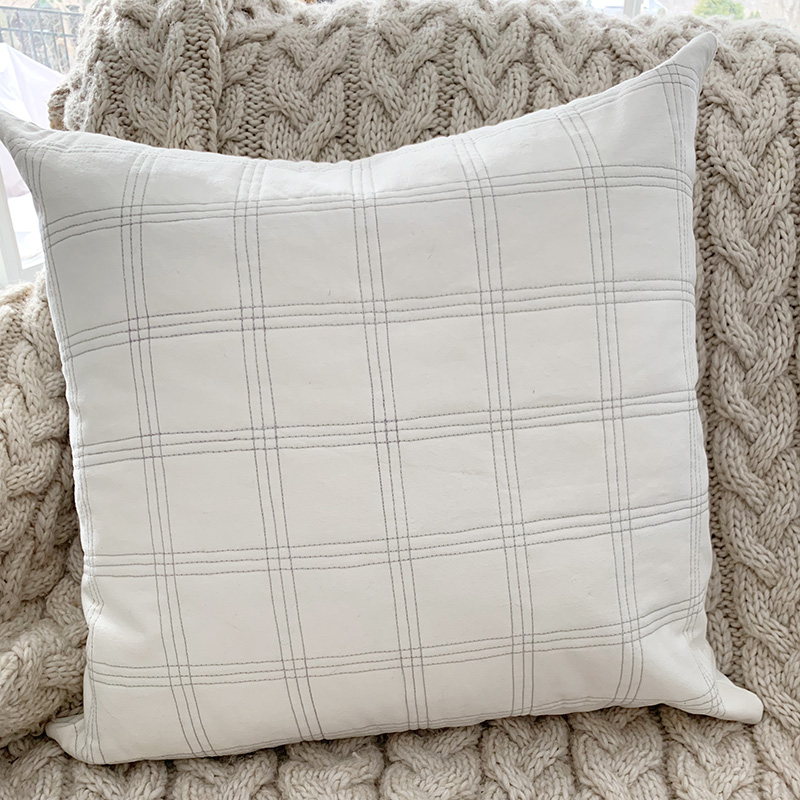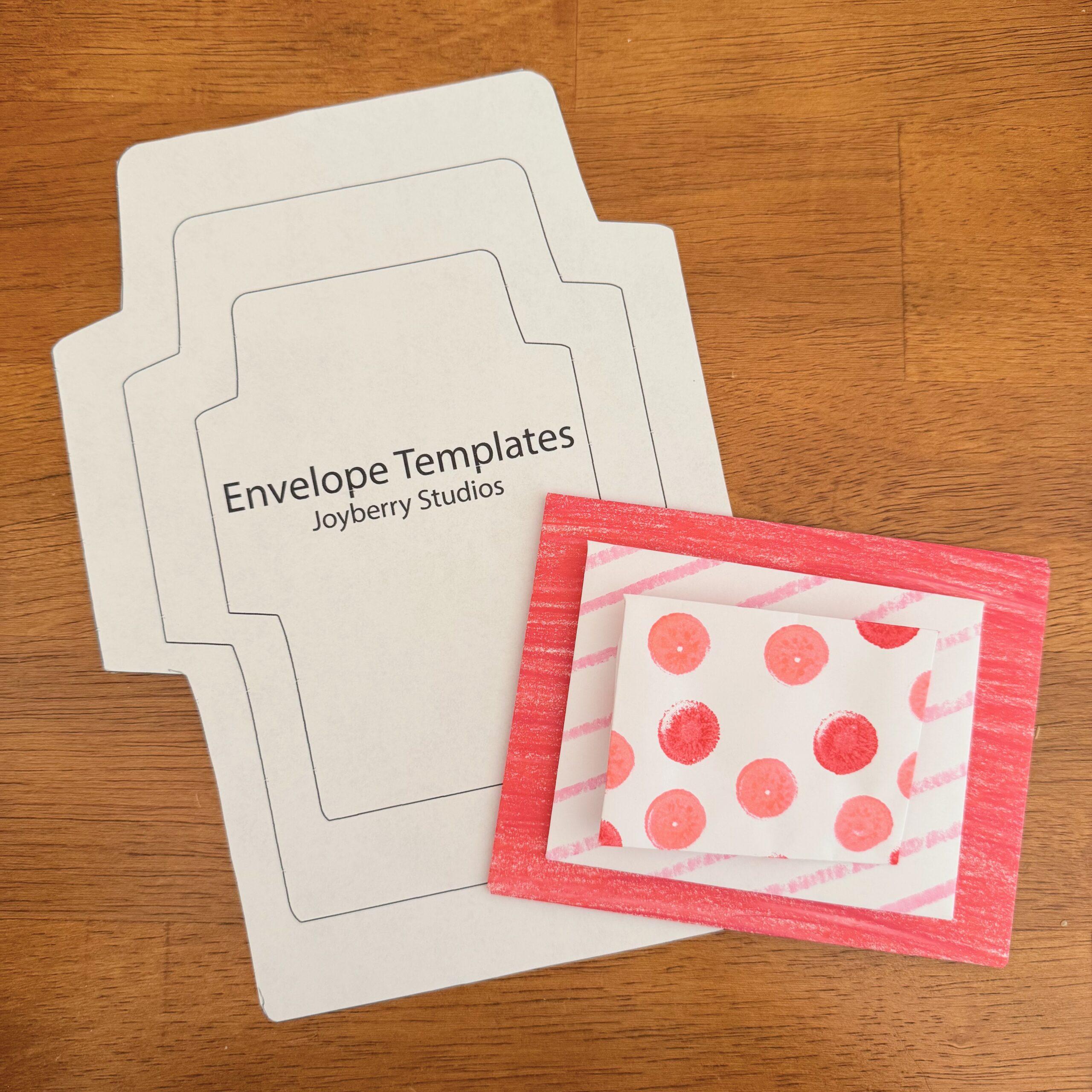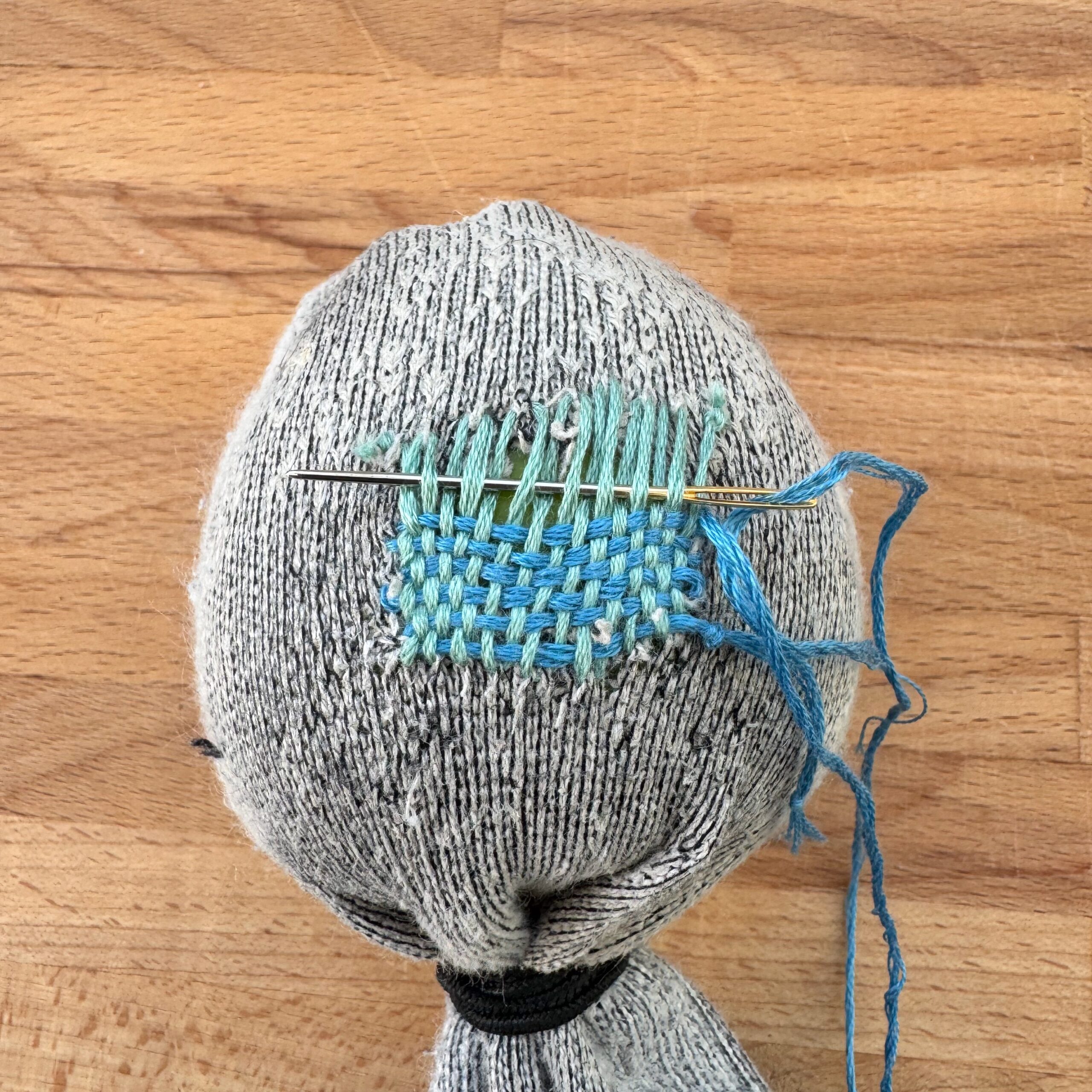5 Tips for a Small Space Vegetable Garden
We have aggressive deer in our neighborhood, so we built a small 8 ft x 8 ft enclosed vegetable garden. We are low on space, but have found ways to maximize our vegetable yields. Learn my 5 tips for tending to a small space vegetable garden.
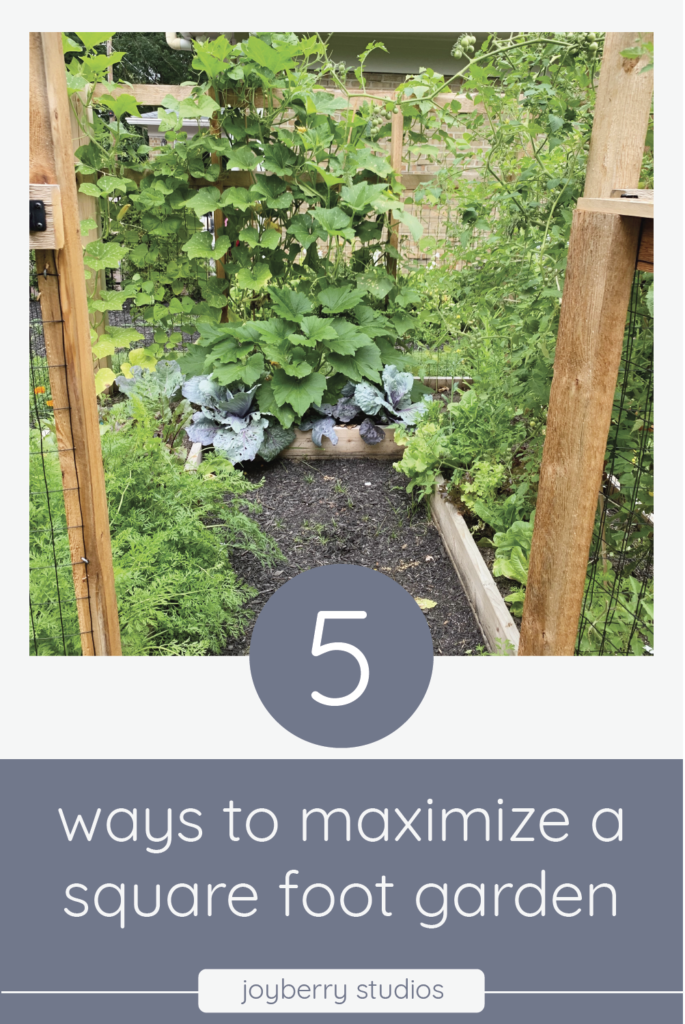
5 Tips for a Small Space Vegetable Garden
We have an aggressive deer population in our suburban neighborhood and we knew if we wanted to enjoy anything we grew we would need to fence in our garden. We built a small 8 ft x 8 ft fenced in garden and every year we find ways to maximize the yields out of our small space vegetable garden.
Square foot gardening is a great way to utilize a small garden. It is the practice of dividing up a garden into square feet and planting a specific number of vegetables per square foot. You can read more about square foot gardening here.
Square foot gardening allows us to maximize our vegetable crop for our small garden. It can be applied to any size garden bed or even larger planters.
Here are five tips to help you get the most produce out of your small space vegetable garden.
1: Utilize Vertical Space
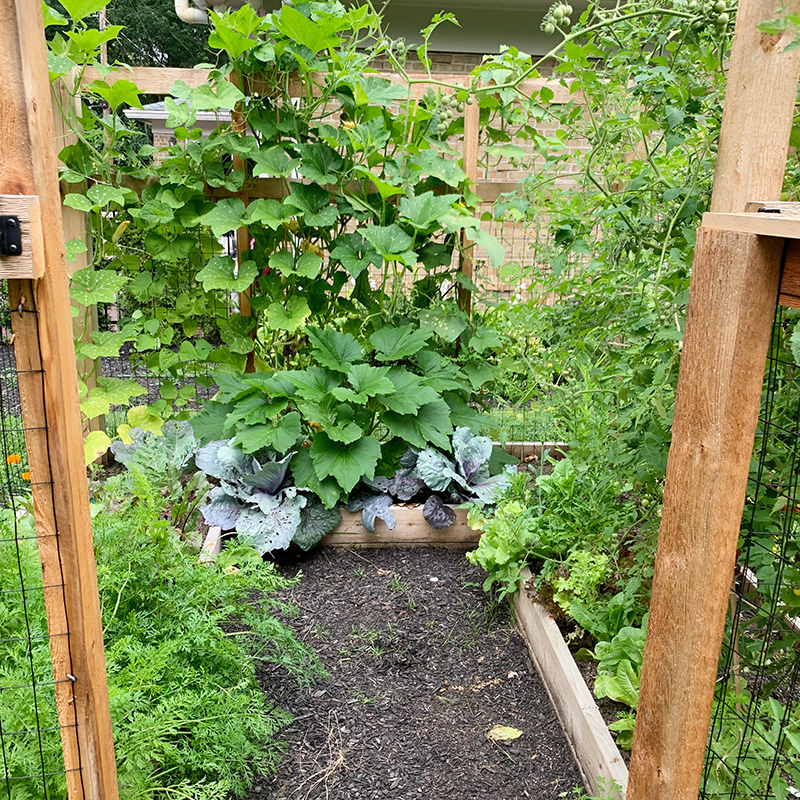
If you can’t grow out, grow up.
Our garden has a chicken wire fence around the outside. It is great for keeping deer out and supporting vertical growth.
If you don’t have a fence, you can use a trellis, tomato cage, or string with a bamboo pole. There are a lot of creative ideas available online. We grow peas, beans, cucumbers, and some squash straight up our fence and we use a combination of the fence and a bamboo pole for our peppers and tomatoes.
Some vegetables that are great for growing on a trellis are: pole beans, peas (sugar snap peas, snow peas, shell peas), cucumbers, climbing squash, and some melons.
Just be aware that squash and melons can grow to be quite large. We had one squash plant take up an entire side of our garden. Plan accordingly!
2: Succession Planting
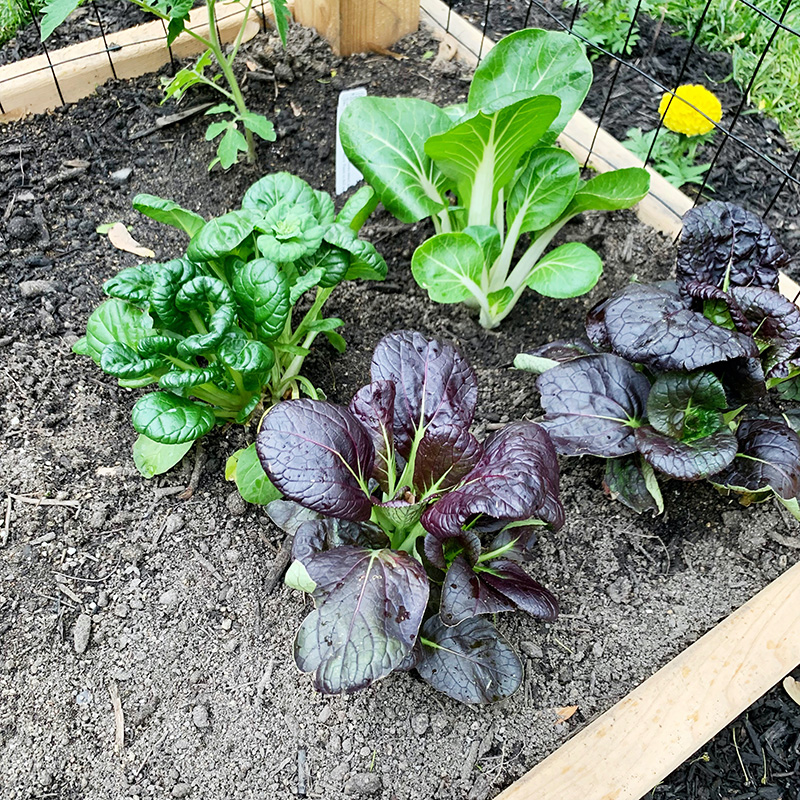
Some plants do best in cooler weather and can be planted once in the early spring and then again in the fall. This is a great way to utilize space, since the crops can be planted twice!
You will need to check your zone for what works best in your area.
For zone 6 here in Ohio, beets, broccoli, carrots, cauliflower, kale, lettuce, peas, and spinach can be planted twice in one growing season.
3: Plant High Yield Vegetables
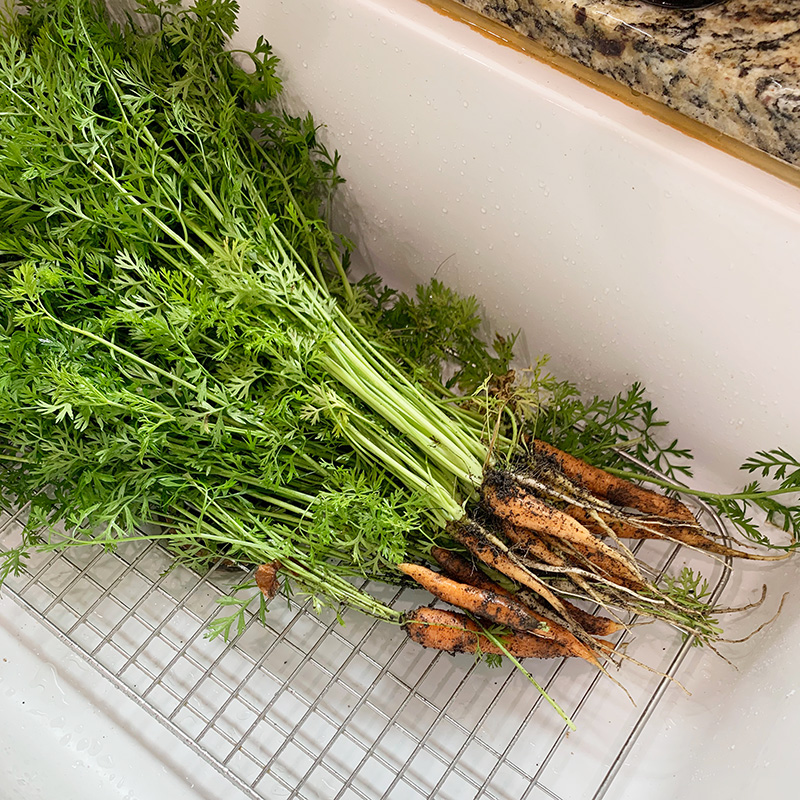
Some plants produce more vegetables than others. Broccoli, cabbage and cauliflower produce one vegetable for 1-2 square feet. That is a lot of area for not a lot of food.
On the other hand, a pole bean just requires a few inches and vertical growth and can produce dozens of beans throughout the season.
Leafy greens are also a great plant, because you can cut them and they grow again.
Carrots, parsnips, and radishes can also have 16 plants in just one square foot.
4: Utilize Unused Space
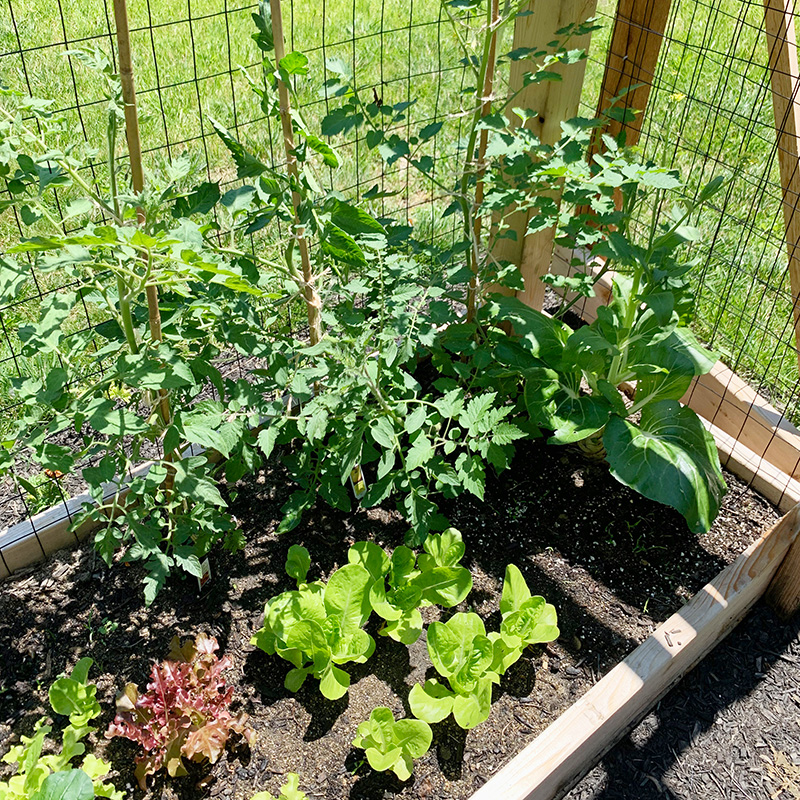
When planning your small space vegetable garden you can also utilize unused space during different parts of the growing season.
Some plants, like tomatoes and peppers, are planted after the danger of frost and take some time before they grow into their designated space. Think about planting cooler weather smaller plants that will be harvested during early summer closer to these kinds of plants.
I typically plant lettuce, carrots, beets, and radishes next to my tomatoes and peppers. These smaller plants are harvested before the tomatoes and peppers grow to be large enough to block the sun and their roots take up room.
5: Compost, Mulch, Water, & Love
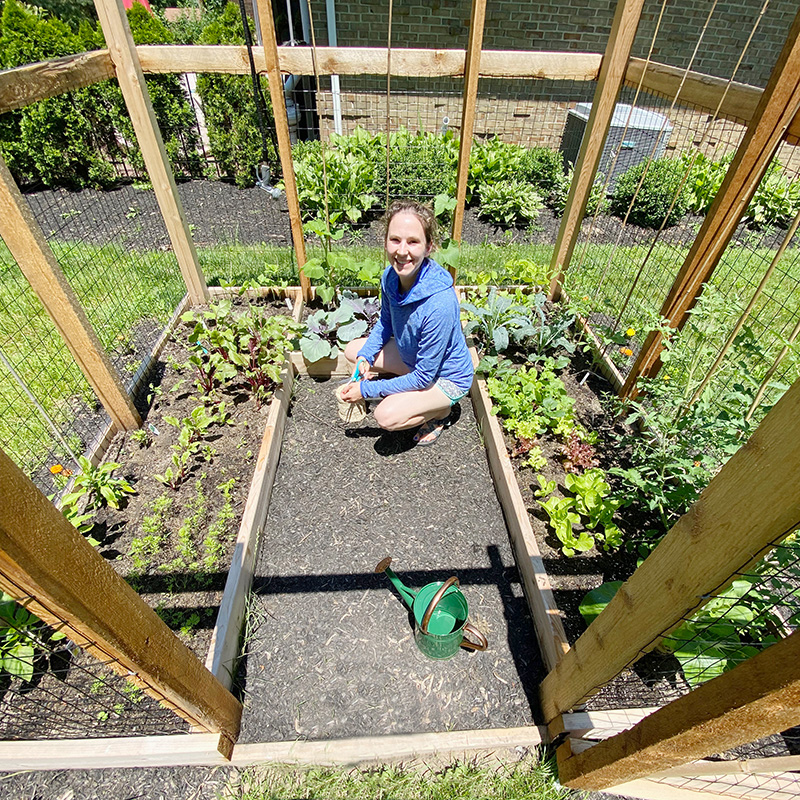
Whatever you decide to plant, you probably want it to thrive and produce as much as possible. Give your garden some love in the form of a good vegetable garden safe compost, mulch to suppress weeds and prevent evaporation, and make sure you are watering it appropriately.
Pay attention to pruning and continually harvest to encourage more vegetable growth.
Enjoy Your Small Space Vegetable Garden
Every year you will learn more tips and tricks to make your garden thrive. Gardening involves constant experimentation and learning. There are always new things to try and new plants to explore.
Follow along on my Instagram where I tend to share more about my gardening experience. I recently did a huge garden expansion and started my first round of seedlings.
